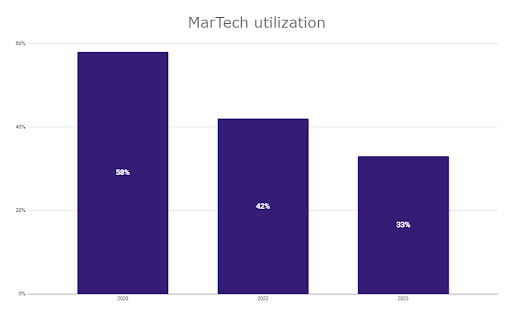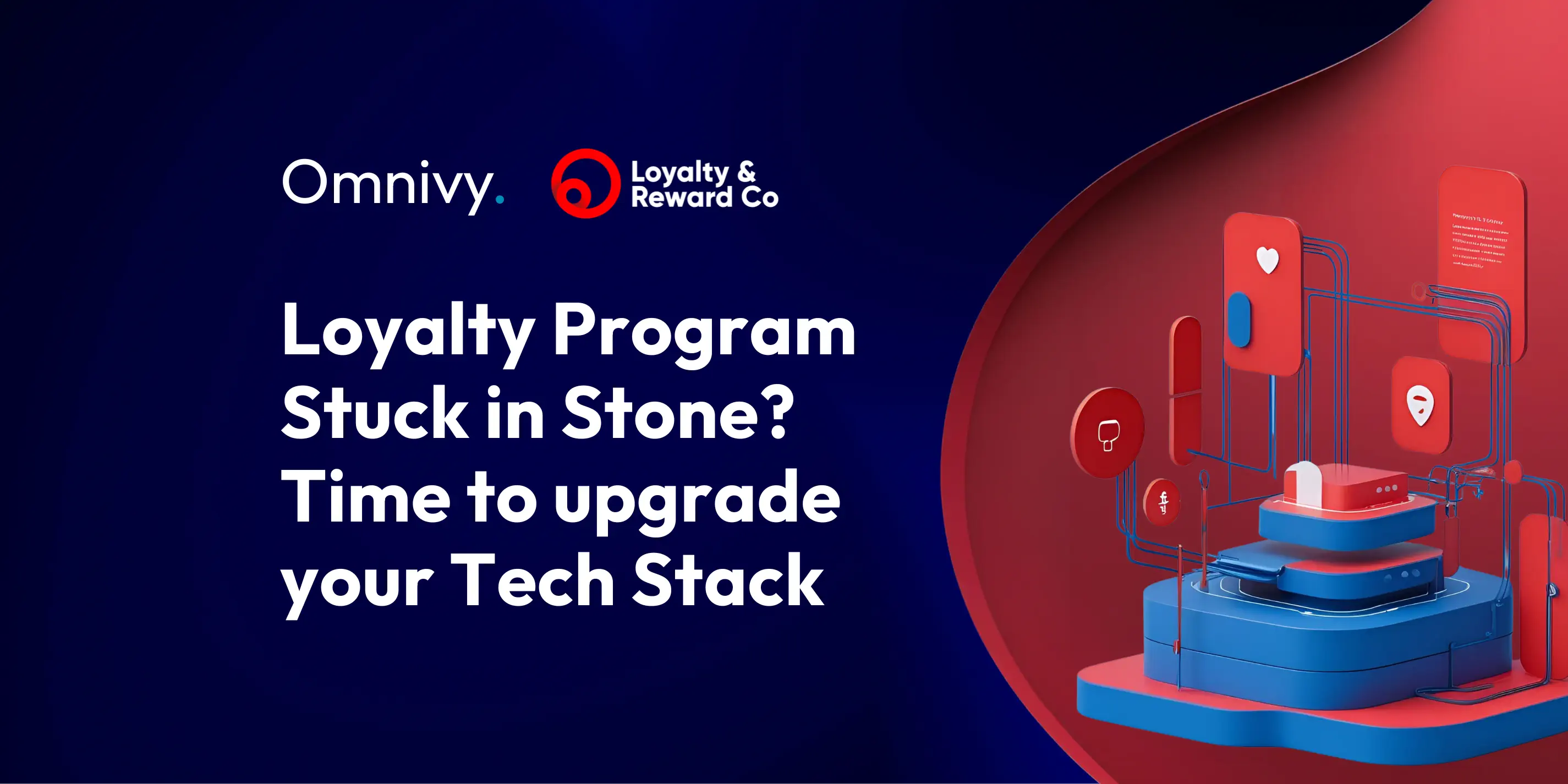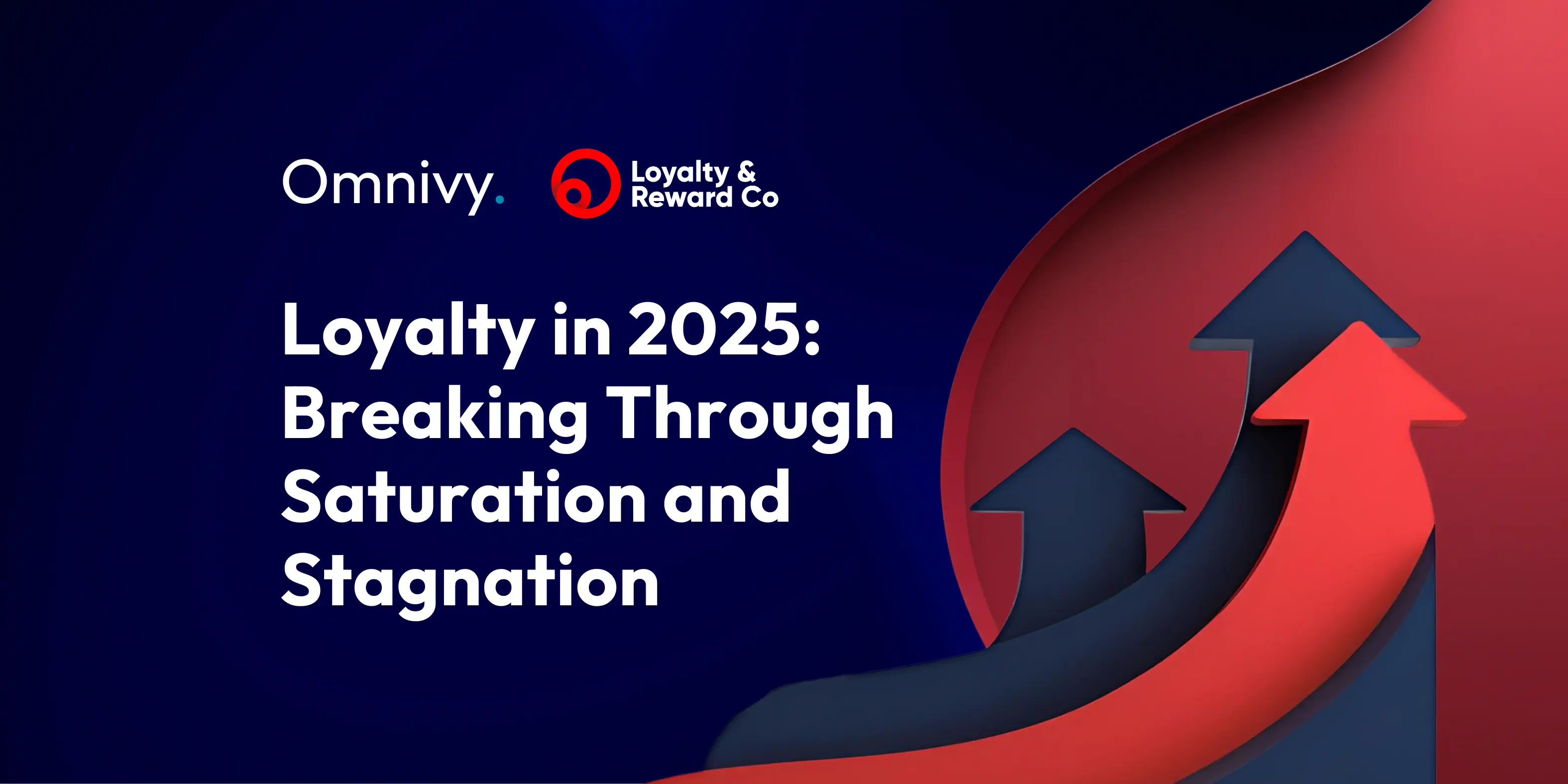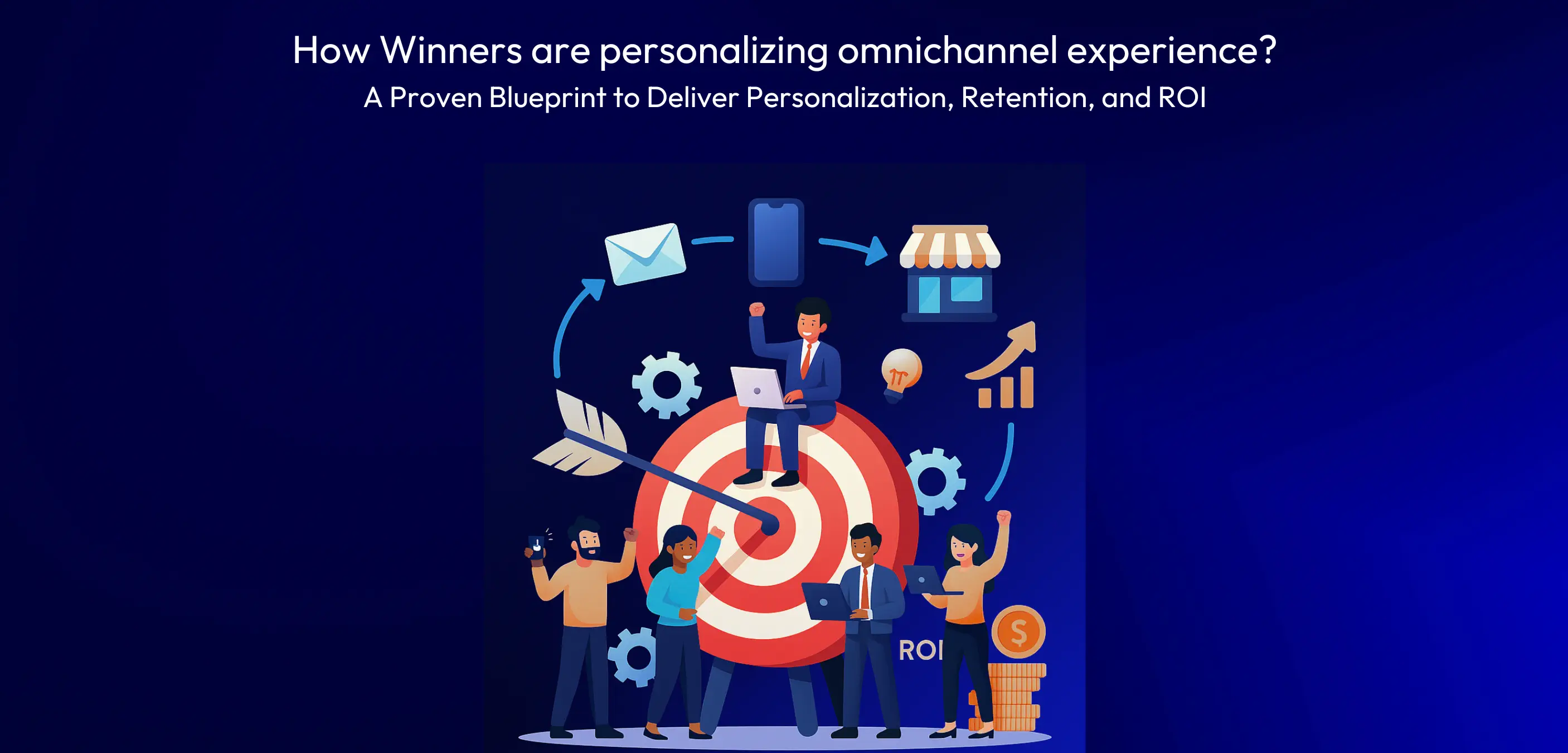The realm of technology is ever-evolving, and its advancements have profoundly transformed various aspects of our lives, influencing our daily routines, work responsibilities, leisure pursuits, behaviors, and habits. In this rapidly changing landscape, modern technology seamlessly combines elements from the physical world with digital realms, creating an enhanced, immersive, and unified experience. This concept, termed "phygital," is increasingly prevalent in our surroundings.
Phygital plays a significant role in the retail industry and presents a remarkable opportunity to enhance your brand's potential within the retail landscape. Retailers can seamlessly blend offline and online operations by embracing digital technologies. The key aspects of phygital in retail are:
- It merges the physical and digital worlds to provide a cohesive omnichannel experience for customers.
- It utilizes technologies like augmented reality (AR), virtual reality (VR), artificial intelligence (AI), QR codes, NFC tags, etc., to enable interactive and engaging product exploration.
- It allows customers to seamlessly move between online and offline channels, bridging the gap between e-commerce and physical retail.
- It aims to create unique, personalized, and contextual experiences that are more effective and satisfying for customers compared to just physical or digital experiences alone.
Let's dive into real-world examples to better illustrate aspects of the phygital realm.
Leverage Augmented Reality and Virtual Reality
Augmented Reality (AR) and Virtual Reality (VR) technologies enable customers to virtually test products such as clothing, makeup, or furniture in their homes before buying. Using AR and VR in stores offers multiple benefits, from fostering connections and engagement with your brand by simulating real-world environments to enabling next-level product customization and collaborative design. Additionally, integrating VR experiences provides immersive virtual tours of stores and products. The rise of AR shopping is evident as major e-commerce brands adopt it to offer customers an interactive pre-purchase experience. For instance:
- L'Oréal allows customers to try makeup products using their smartphone cameras.
- IKEA allows the virtual placement of items in living rooms or office spaces.
- Macy's has introduced in-store VR and AR furniture shopping experiences.
- To help customers customize their cars and try new accessories, Toyota unveiled an AR tool that recognizes a customer's car through the camera and adds virtual accessories.
According to a 2022 study, retailers who use 3D content on Shopify see a 94% conversion lift on average compared to merchants who use regular 2D images of products. Moreover, AR and VR technologies can improve post-purchase customer satisfaction and reduce product return rates by helping customers make more informed decisions.
As you can find in the eCommerce Guide to ROI in 3D and Augmented Reality by Christian Pieper, 40% of Interactions respondents said they would be willing to pay more for a product if they could "try it" using AR.
Macy's had more than a 60% greater average order value than non-virtual reality furniture shoppers. In addition, VR shoppers had less than a 2% return rate on transactions.
Integrate Internet of Things (IoT) Technology
The technology enabling device-to-device connections can bridge the physical and digital realms. Through IoT sensors in physical stores, retailers can track customer movements and provide personalized in-store digital experiences such as real-time tailored ads, detailed product information, location-based guidance, and personalized recommendations. Developing "smart" products that can interact with customers' smartphones enhances customer engagement and increases revenue. An additional area in which IoT sensors and RFID tags are used is the entire process related to the delivery of goods - from goods movement from warehouses to stores in real-time, which significantly improves supply chain transparency, reducing waste, and ensures timely resupply.
A great example is the "Authentic or Not" company that embeds invisible microchips in apparel that can communicate with smartphones without having to install any mobile application. Hovering a phone over a product or object unlocks unique digital content controlled by the brand.
Another example of a company that uses IoT technology is Kroger Co, America's largest supermarket chain, which has implemented a solution for retail shelves to display ads and other content, such as digital prices, deals of the hour, and nutritional and allergy information about groceries. The digital shelves interact with shopping lists stored on customers' smartphones, causing the shelves to light up beneath the very items that customers have come to the store to fetch.
The global IoT in retail market size was valued at $28.14 billion in 2021 and is projected to reach $177.90 billion by 2031, growing at a CAGR of 20.3% from 2022 to 2031, which significantly shows an expected rise in the adoption of the internet of things in the retail market across the globe according to IoT in Retail market report.
Seamless Online-Offline Integration
The merging of online and offline realms is nothing new, particularly evident during the pandemic where online became the primary sales channel. Nevertheless, achieving smooth integration continues to pose a challenge for numerous companies.
Ensuring a consistent customer experience across all digital and physical touchpoints allows customers to start their journey online and complete it in-store seamlessly, like placing items in an online cart and picking them up in-store.
Customers nowadays expect a blend of online and in-store experiences. A survey conducted by Pull Agency on 1200 participants revealed that Gen Z shoppers, whose purchasing influence is growing, prefer researching products online but making purchases in physical stores.
Numerous companies have adopted omnichannel retailing successfully. For instance, Starbucks enables customers to order and pay for coffee through a mobile app and then collect it in-store.
Similarly, Nordstrom seamlessly merges online and in-store inventory to offer customers a diverse range of products and the convenience of online and offline shopping experiences.
Implementing a real omnichannel customer journey can increase customer engagement, improve loyalty, and strengthen the brand in a competitive retail environment.
One recent study revealed that retailers with a strong omnichannel strategy:
- Retain 89% of their customers, compared to 33% for companies with weak omnichannel strategies
- Can expect a 9.5% increase in annual revenue, compared to the 3.4% growth seen by companies lacking such a strategy.
Yet, at the same time, the majority of retailers have a huge and growing problem of integrating their customer data, tools, and channels. Despite an increase in the number of tools and channels available, their utilization efficiency has significantly declined. Shockingly, martech utilization rates have plummeted to a mere 33%, posing a considerable risk and forcing Chief Marketing Officers (CMOs) to face a critical decision on how to address this issue.

Gartner’s 2023 Marketing Technology Survey
This inefficiency has led to widespread dissatisfaction among marketers, with 66% expressing unhappiness with their marketing systems' level of integration, as reported by the HCL State of Martech Integration 2022. The consequences are far-reaching: marketers are unable to fulfill their objectives, gain a comprehensive view of the customer journey, or manage the scattered data across various systems effectively. Above all, the reliance on extensive manual labor and processes to integrate tools into coherent campaigns underscores a significant shortfall in the current approach.
At the root of this issue is the ambiguous ownership of the technology stack. An astonishing 90% of companies lack a designated owner for their customer stack, devoid of any architect or custodian to oversee its coordination. This absence of leadership often results in a 'stack by accident' rather than a 'stack by design', hindering the ability to align company strategy, processes, and technology around customer needs.
The repercussions of this disarray are twofold: suboptimal customer experiences with brands and a tangible loss of revenue. This situation underscores the urgent need for businesses to reevaluate and realign their martech strategies, prioritizing seamless integration and clear ownership to foster better customer relationships and drive growth.
Amidst these challenges, Omnivy.io emerges as a pivotal solution, bridging the gap between customer data and martech systems to forge the ideal customer experience and bolster customer loyalty. By providing a platform that seamlessly integrates disparate data sources and marketing technologies, Omnivy.io enables businesses to unlock a 360-degree view of their customers' journeys. This comprehensive insight facilitates the creation of personalized, meaningful interactions that not only elevate the customer experience but also cement loyalty and drive revenue growth.
Self-checkout, Kiosks, or Self-service Stores
Self-checkout, kiosks, or self-service stores - they all have one common denominator: purchases without the help of store employees. Self-service checkout technologies allow customers to check out online while skipping the queues, thus speeding up the ordering process. Buyers then either pick up the product directly or get it home-delivered.
Another increasingly offered solution is mobile-based technologies to enable customers to order from their devices in restaurants or retail markets.
Some players are taking things a step further and have introduced mobile hand-held scanners or smart basket technology to the market. The first solution - mobile scanner - allows customers to scan products before putting them into the basket in an offline store, and customers only have to pay for their purchases without having to take products out of their basket and put them back in again (these solutions are introduced, for example in Kaufland). Furthermore, some retailers for example Carrefour introduced similar technology to scan products in mobile applications. This allows customers to purchase without needing extra devices.
Smart baskets are cutting-edge retail technology that eliminates the need to scan products at a checkout station before paying and leaving the store. Instead, smart baskets identify the products when they are added to a basket. Shoppers can fill their baskets and simply place them at the checkout when ready to leave, as the basket automatically calculates the total cost. Payment is then processed at the point of sale or through an app.
Signaling that mobile checkout is gaining popularity, the report from the consulting firm RBR estimates that the number of stores offering mobile self-scanning globally will reach 160,000 by 2027, up from 46,000 in 2021 and 36,600 in 2020.
Phygital strategies are transforming the shopping experience by offering consumers interactive, personalized, and convenient shopping options online, in-store, or on-the-go. In today's tech-driven landscape, understanding phygital is essential for retailers to remain competitive in a digital market.
The innovative phygital solutions introduced are primarily adopted by industry leaders and major players on various levels. However, creating these solutions goes beyond just technology implementation; it's about crafting engaging customer experiences, which is an invaluable investment for the future.
From Vision to Reality: Implementing Phygital Solutions for Next-Level Customer Loyalty
Concluding the exploration of the phygital realm in the retail sector, it's clear that the fusion of digital and physical experiences is not just a trend but a fundamental shift in consumer behavior and expectations. The phygital approach offers a myriad of opportunities to enhance customer engagement, streamline operations, and ultimately, fortify brand loyalty. As we've seen through various examples, from augmented and virtual reality to IoT and seamless online-offline integration, the potential to revolutionize the retail experience is immense. Yet, the adoption of such technologies comes with its set of challenges, notably the integration of customer data, tools, and channels.
To navigate this evolving landscape effectively, loyalty managers and Chief Marketing Officers (CMOs) need a strategic, structured approach. Here’s an actionable checklist to guide you in leveraging phygital strategies to enhance loyalty and customer experience:
- Audit Your Current Technology Stack: Review the existing tools and technologies to identify gaps in your customer data integration and omnichannel experiences. This step is crucial for understanding where enhancements are needed.
- Define Clear Ownership: Assign a dedicated team or individual responsible for the oversight and integration of your technology stack. Clear ownership ensures accountability and more streamlined decision-making processes.
- Streamline Online-Offline Integration: Ensure your retail strategy allows for a seamless transition between online and offline channels, enabling customers to enjoy a unified shopping experience regardless of how they interact with your brand.
- Embrace AR and VR: Investigate how augmented reality and virtual reality can be integrated into your product offerings to provide immersive, interactive experiences that drive engagement and reduce return rates.
- Integrate IoT for Personalized Experiences: Explore the use of IoT technologies to gather customer insights in real-time, enabling personalized shopping experiences both online and in-store.
- Invest in Training: Ensure your staff is well-versed in the technologies and strategies you implement, enabling them to deliver superior customer service and support.
- Foster a Culture of Innovation: Encourage a workplace environment that embraces change and innovation, allowing your team to experiment with new ideas and technologies that could enhance the customer experience.
By adhering to this checklist, loyalty managers and CMOs can more effectively navigate the challenges of integrating phygital strategies into their loyalty and customer experience initiatives. In the era of digital transformation, embracing a phygital approach is not just beneficial; it's essential for brands looking to thrive in the competitive retail landscape.




